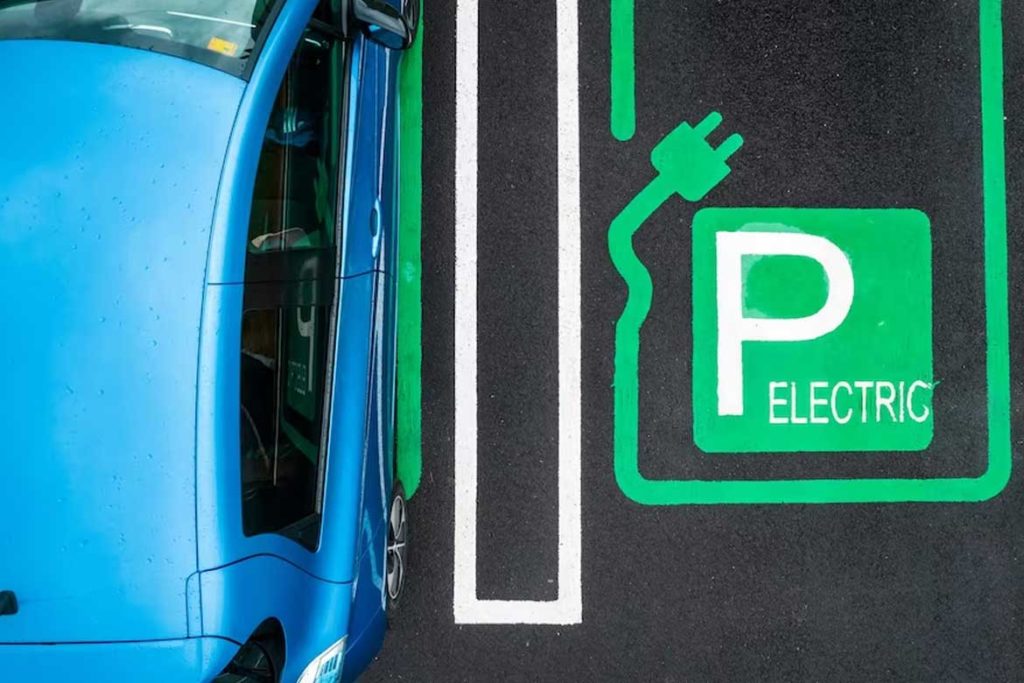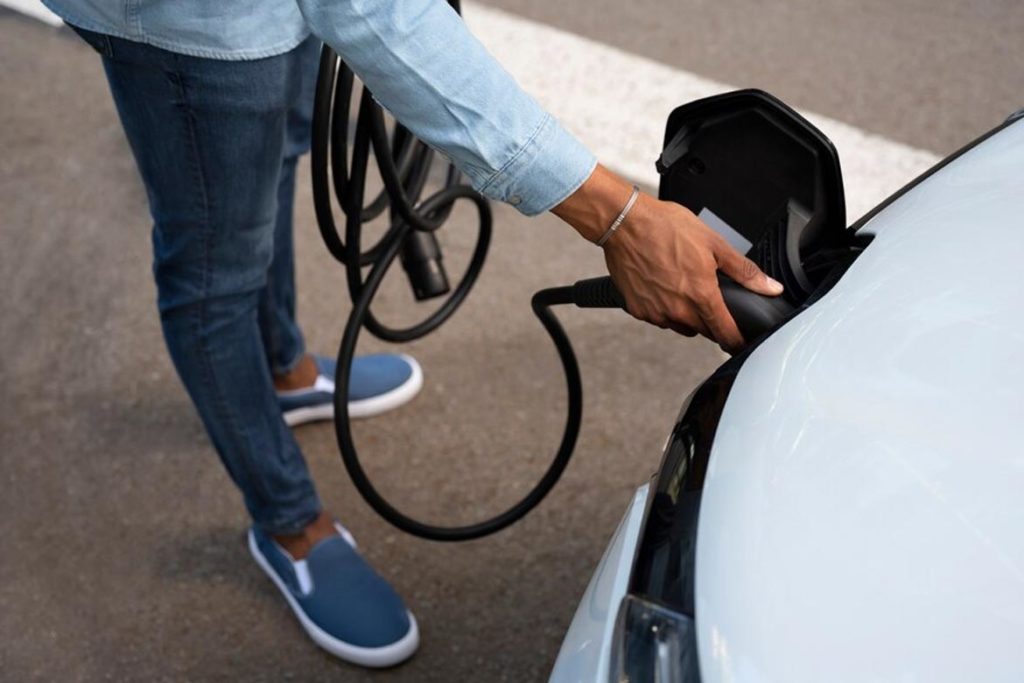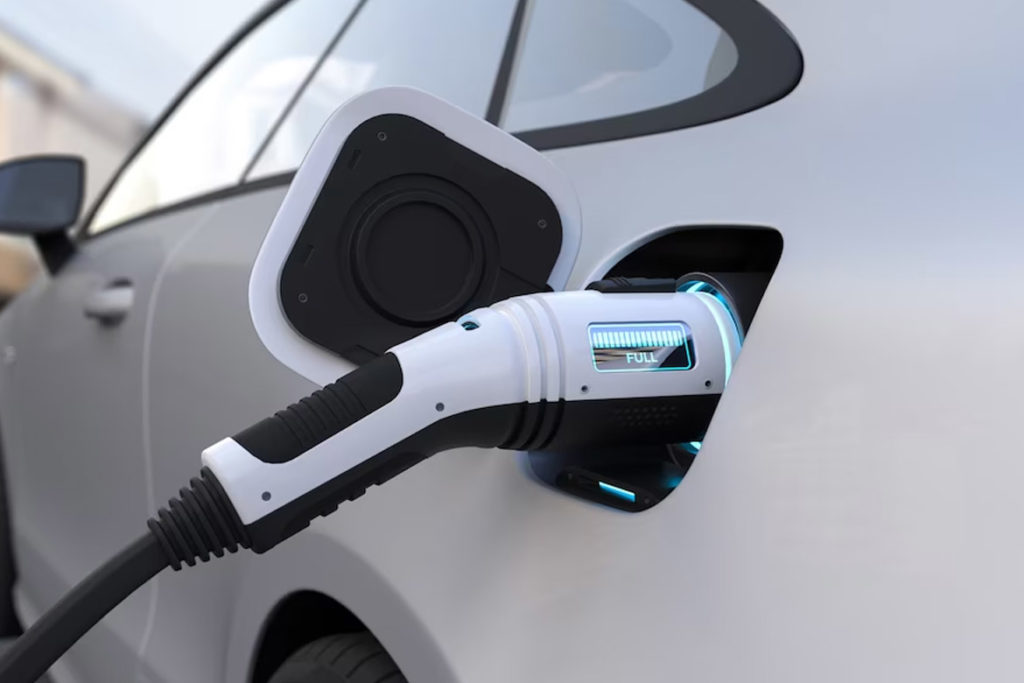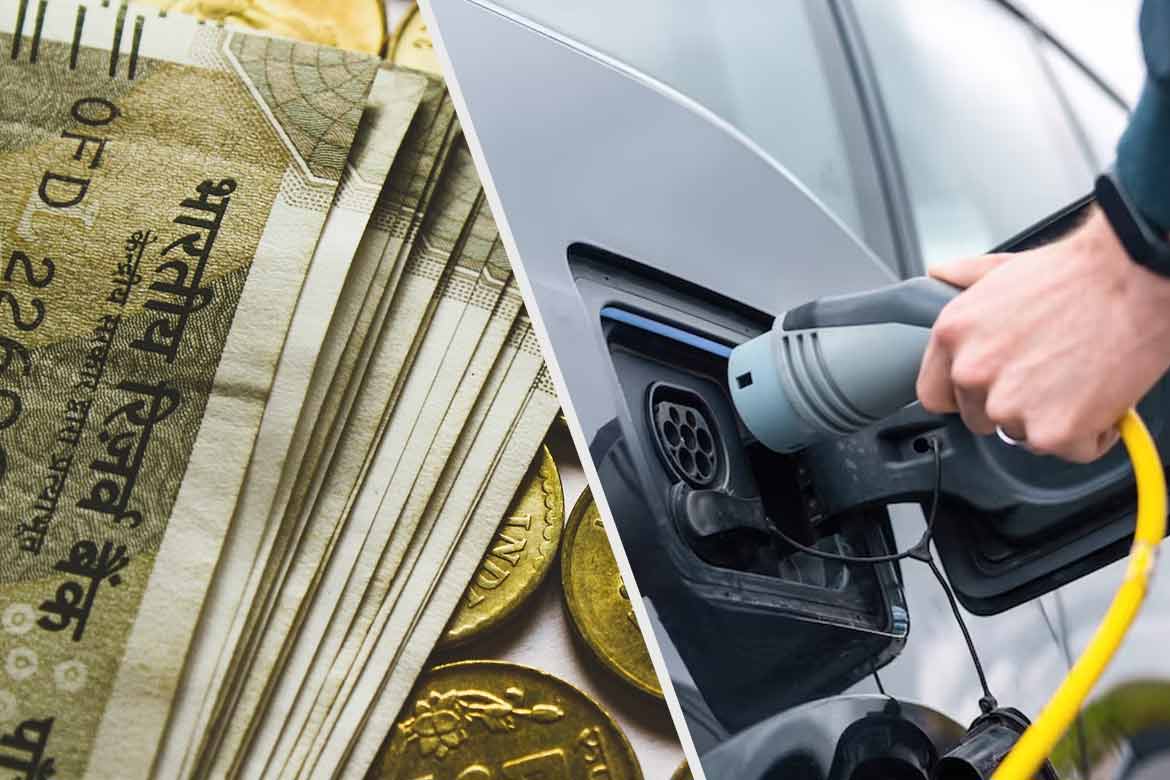Electric vehicles (EVs) are gaining popularity in India as a cleaner and cheaper alternative to conventional vehicles that run on fossil fuels. The government of India has been promoting the adoption of EVs through various policies and incentives, especially under the FAME (Faster Adoption and Manufacturing of Electric Vehicles) scheme. However, the subsidy rates and eligibility criteria for EVs vary across different states and regions, creating a complex and dynamic scenario for EV buyers and manufacturers. In this article, we will provide an overview of the electric vehicle subsidies offered by the central and state governments in India as of 2023.
FAME Electric Vehicle Subsidy:

Also Read: How to Buy A Used Electric Car? Look For These 4 Things
The FAME scheme was launched in 2015 as a part of the National Electric Mobility Mission Plan (NEMMP) 2020, with an initial budget of Rs 795 crore for two years. The scheme aimed to provide demand incentives for hybrid and electric vehicles, ranging from Rs 1,800 to Rs 22 lakh per vehicle, depending on the type and size of the vehicle. The scheme also supported the development of charging infrastructure and pilot projects for EVs.
The FAME I scheme was extended till March 2019, with a total expenditure of Rs 895 crore. According to the government data, the scheme supported the sale of 2.78 lakh electric and hybrid vehicles during its tenure.
FAME II Electric Vehicle Subsidy:
The FAME II scheme was launched in April 2019 with a budget of Rs 10,000 crore for three years. The scheme focused on providing demand incentives for electric vehicles only, excluding mild and strong hybrids. The scheme also increased the subsidy rates for electric two-wheelers, three-wheelers and buses, while reducing them for electric cars. The scheme also introduced eligibility criteria based on minimum range, top speed and energy consumption for different categories of EVs.
The FAME II scheme was amended in June 2021 to increase the incentive for electric two-wheelers to Rs 15,000 per kWh from Rs 10,000 per kWh. The cap on incentives for electric two-wheelers was also increased to 40% of the vehicle cost from 20%. These changes were aimed at making electric two-wheelers more affordable and competitive with petrol two-wheelers.
However, in May 2023, the government notified changes for reducing the subsidy rate under FAME II scheme to just 15% from June 1, 2023. The demand incentive for electric two-wheelers was reduced to Rs 10,000 per kWh again. The cap on incentives for electric two-wheelers was also reduced to 15% of the ex-factory price of vehicles from 40%. These changes were made due to the limited budget allocation and the rising demand for EVs.
According to the government data, under Phase-II of the FAME Scheme, 8.83 lakh electric vehicles were supported till February 15, 2022, by way of demand incentive, amounting to about Rs 3,311 crore. As per the budget document of FY23, the subsidy under FAME-II for fiscal 2023 is projected at Rs 2,908 crore.
State Wise Electric Vehicle Subsidies:

Apart from the central government’s FAME scheme, several state governments have also announced their own policies and incentives for promoting EVs in their respective regions. Some of the states that have launched or updated their EV policies in recent years are:
Delhi
Delhi is one of the top states in terms of EV adoption, with over 10% of new vehicle registrations being electric. The state gives a subsidy of Rs 5,000 per kWh of battery capacity, with a maximum of Rs 30,000 for electric two-wheelers, Rs 1.5 lakh for electric four-wheelers, and Rs 30,000 for electric three-wheelers. The state also waives 100% of road tax and registration fees for EVs. Additionally, the state has a scrapping incentive of up to Rs 7,500 for old ICE vehicles that are replaced by EVs.
Maharashtra
Maharashtra is another state that has a high potential for EV growth, with over 8% of new vehicle registrations being electric. The state gives a subsidy of Rs 5,000 per kWh of battery capacity, with a maximum of Rs 10,000 for electric two-wheelers, Rs 1.5 lakh for electric four-wheelers, and Rs 30,000 for electric three-wheelers. However, the state also gives an early bird incentive of up to Rs 15,000 for electric two-wheelers and up to Rs 1 lakh for electric four-wheelers that are bought before December 31, 2021. The state also waives 100% of road tax and registration fees for EVs.
Meghalaya
Meghalaya is one of the few states that gives a flat subsidy for EVs regardless of their battery capacity. The state gives a subsidy of Rs 10,000 for electric two-wheelers, Rs 40,000 for electric four-wheelers, and Rs 25,000 for electric three-wheelers. The state also waives 100% of road tax and registration fees for EVs.
Gujarat

Gujarat is another state that has a high demand for EVs, with over 6% of new vehicle registrations being electric. The state gives a subsidy of Rs 10,000 per kWh of battery capacity, with a maximum of Rs 20,000 for electric two-wheelers, Rs 1.5 lakh for electric four-wheelers, and Rs 50,000 for electric three-wheelers. The state also waives 50% of road tax and registration fees for EVs.
Assam
Assam is one of the latest states to announce its EV policy in March 2023. The state gives a subsidy of Rs 5,000 per kWh of battery capacity, with a maximum of Rs 10,000 for electric two-wheelers, Rs 1 lakh for electric four-wheelers, and Rs 25,000 for electric three-wheelers. The state also waives 100% of road tax and registration fees for EVs.
Other states
Some other states that have announced their EV policies or incentives include:
Karnataka: Subsidy of Rs 5,000 per kWh with a maximum of Rs 50 lakh per charging station.
Kerala: Subsidy of Rs 10 lakh per charging station and Rs 6 crore per battery swapping station.
Tamil Nadu: Subsidy of Rs 20 lakh per charging station and Rs 50 lakh per battery swapping station.
Andhra Pradesh: Subsidy of Rs 15 lakh per charging station and Rs 30 lakh per battery swapping station.
Telangana: Subsidy of Rs 10 lakh per charging station and Rs 20 lakh per battery swapping station.
Conclusion:
As we can see from the above table, different states give different levels and types of subsidies for EVs. This makes it important for consumers to compare the prices and benefits of EVs across states before making a purchase decision. Moreover, the central government is also planning to increase its subsidies on domestic manufacturing of EVs and advanced battery technologies under its PLI scheme in FY23. This will further reduce the cost and increase the availability of EVs in India.

